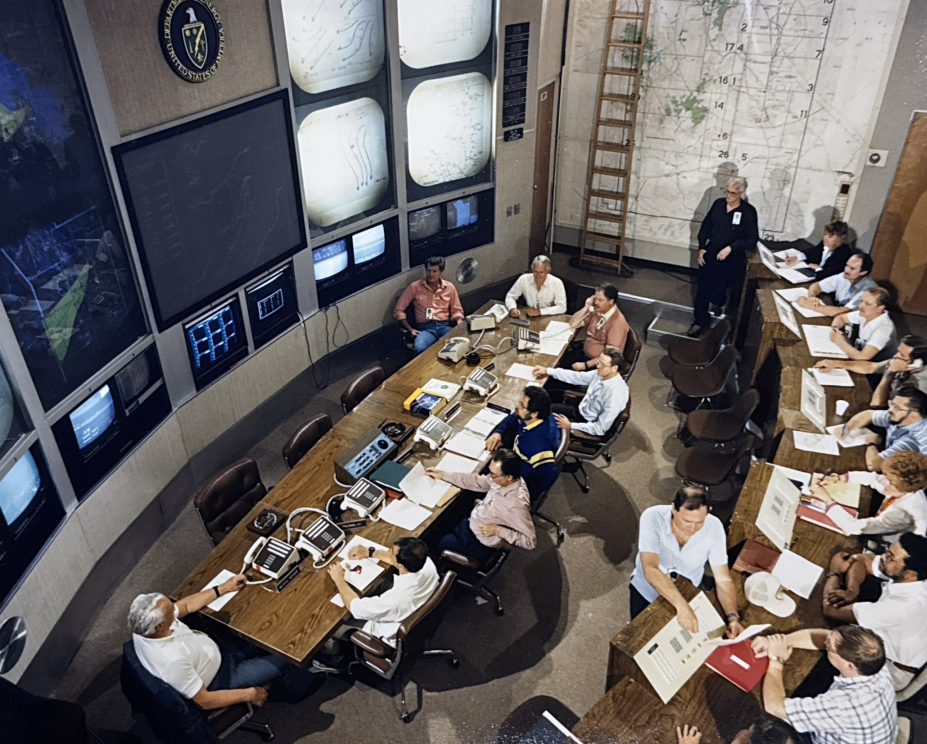
The "Have Doughnut" and "Have Drill" operations were top-secret U.S. Air Force programs conducted at the highly classified Area 51 during the Cold War. These operations were part of a broader effort to evaluate and understand the capabilities of Soviet aircraft, helping the U.S. military develop tactics to counter potential threats.
"Have Doughnut" took place in 1967 and focused on testing a captured Soviet MiG-21 fighter jet. The aircraft had been secretly obtained, likely through a defection or a foreign ally, and was brought to Area 51 for rigorous analysis. U.S. test pilots flew the MiG-21 against American fighter jets such as the F-4 Phantom II to determine its strengths and weaknesses. The results provided valuable insights into Soviet aerodynamics, avionics, and combat strategies, allowing the U.S. Air Force and Navy to refine their dogfighting techniques.
Following the success of "Have Doughnut," the "Have Drill" program was launched, analyzing the capabilities of the Soviet MiG-17. This aircraft, although older than the MiG-21, was still widely used by Soviet allies, including North Vietnam during the Vietnam War. By testing the MiG-17, the U.S. military gained a better understanding of how to engage and defeat these aircraft in aerial combat. The findings were instrumental in shaping air combat training programs, such as the Navy's Top Gun school, which emphasized air superiority through maneuverability and pilot skill.
These secret programs at Area 51 played a critical role in ensuring American air dominance during the Cold War. The lessons learned from "Have Doughnut" and "Have Drill" influenced U.S. fighter jet designs, combat tactics, and training programs for decades. Today, declassified records confirm their significance in Cold War military history, highlighting Area 51’s role in strategic defense operations.





